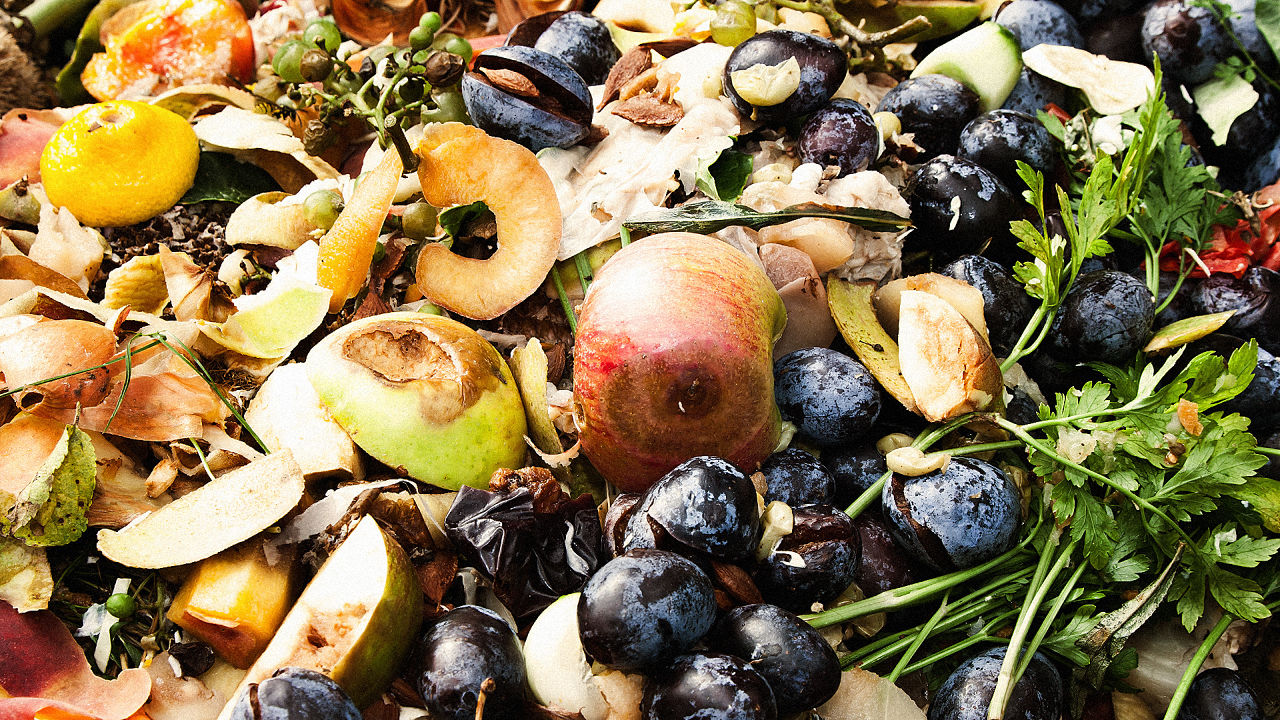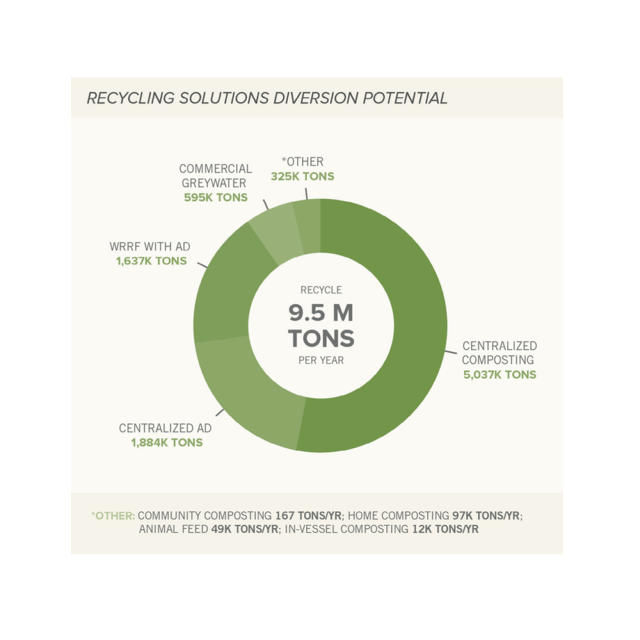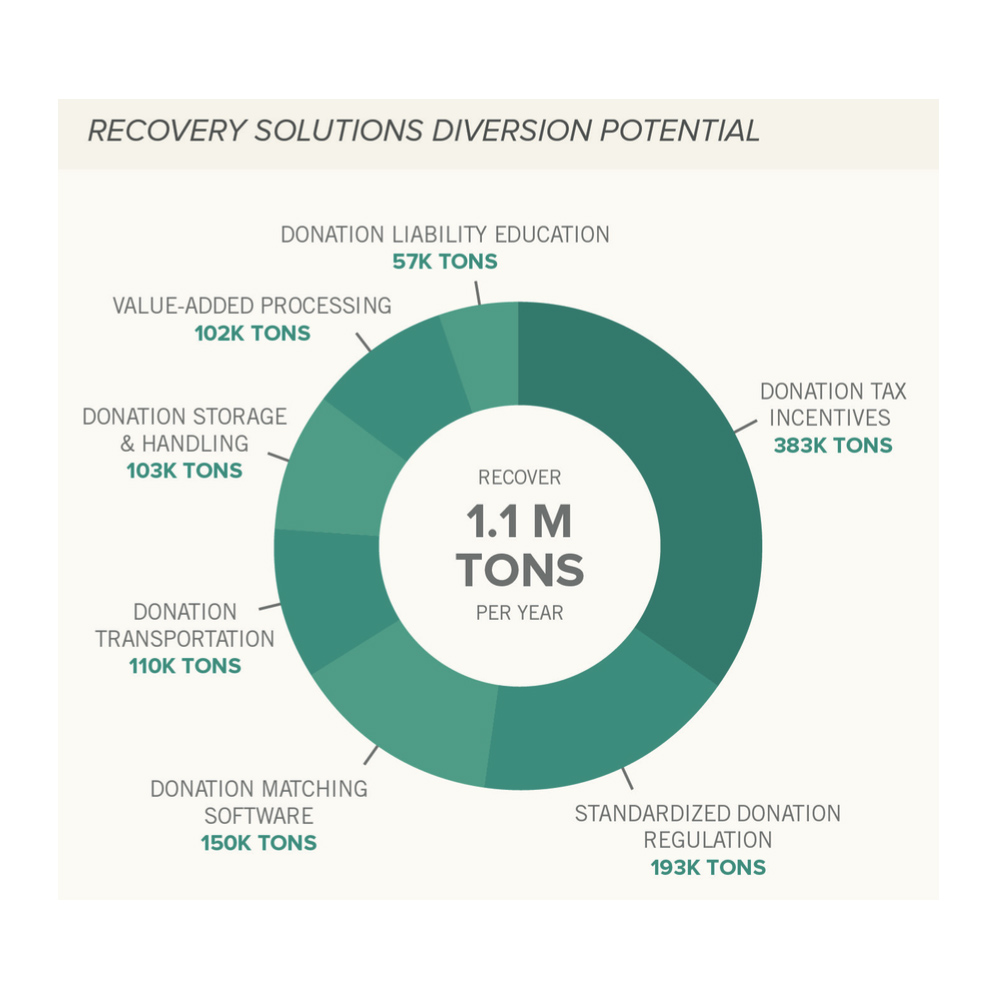Fixing Food Waste Is A $100 Billion Opportunity
Change labels, change packaging, and change attitudes about old food.

Photo: Evan Lorne via Shutterstock
ADVERTISEMENT
We waste 63 million tons of food a year. That means we spend $218 billion annually (1.3% of GDP) growing, processing, and transporting food that's not eaten. And all this at a time when some Americans are struggling to eat, and even more are struggling to eat food that's actually good for them.
Waste is a big environmental and social inefficiency we can't afford. But you probably knew that already. As a society, we've been muttering and self-criticizing ourselves about wasted food for years. ("Think of the starving children in Africa.") And yet the amount wasted doesn't seem to reduce much.

Perhaps, we're getting beyond the indignation stage, though, and getting a better handle on what to do about food waste. As a terrific new report shows, there's plenty of good thinking out there, if only we could replicate, scale, and fund it into action.
ADVERTISEMENT
Learn More
The ReFED Roadmap to Reduce U.S. Food Waste report comes from a coalition of 30 businesses, government agencies, investors, foundations, and nonprofits, and it's refreshingly solutions-oriented. In all, there are 27 ideas, each evaluated for cost-and-benefit payoff.
ReFED says these 27 solutions can reduce food waste by 20%, or 13 million tons, producing $100 billion in economic value over 10 years. Most of this would be from diverting food away landfills and stopping on-farm losses. More than 75% of the economic opportunity is in "prevention solutions," the report says.

That includes standardizing food labeling to reduce confusion among consumers,packaging food so the whole package is likely to be eaten, packaging to avoid spoilage (like BluWrap and ethylene-removal technology), and accepting imperfect produce. It also includes tray-less dining in cafeterias (so people don't stock up so much), better tracking of waste within restaurants and food service, and the promotion of "secondary retailers" who can make products from the still-usable produce.
As well as prevention measures, 23% of the possible economic opportunity comes from recovery and recycling potential. That includes better food donation infrastructure, standardized donation legislation, anaerobic digesters that dispose of food waste more productively than taking it to landfill sites, and tax incentives for businesses to pass on rather than throw away their food. Exempting business from $750 million in tax could net 380,000 tons of additional donations, the report says.

The report says consumer education and standardized labeling would have the best investment-to-food-waste-reduction payoff. Consumers currently face a hodgepodge of state regulations and manufacturing practices. Less confusion around "sell by," "best by," "use by," and "best before" dates could reduce waste by 5% to 10%, ReFed says. (The problem is manufacturers can't lower costs or increase revenues by changing labels).

The economic opportunity is also high in reselling wasted food—for instance, turning vegetables into soups, sauces, and shelf-stable products. But the investment would need to be higher (roughly the same as the economic benefit). "Government and foundation loans can help secondary resellers expand to lower-income neighborhoods with less access to fresh foods, thus helping to address higher food insecurity," the report says.
Exploiting the $100 billion wasted food opportunity would cost $18 billion in financing, the report says. And to unleash that money from private sources, we'll need $100 to $200 million a year in "catalytic grants, innovation investments, and low-cost project finance." The rest of the job can be done through policy (such as tax incentive legislation), technology (like food-waste tracking software), and education, the report says.
No comments:
Post a Comment